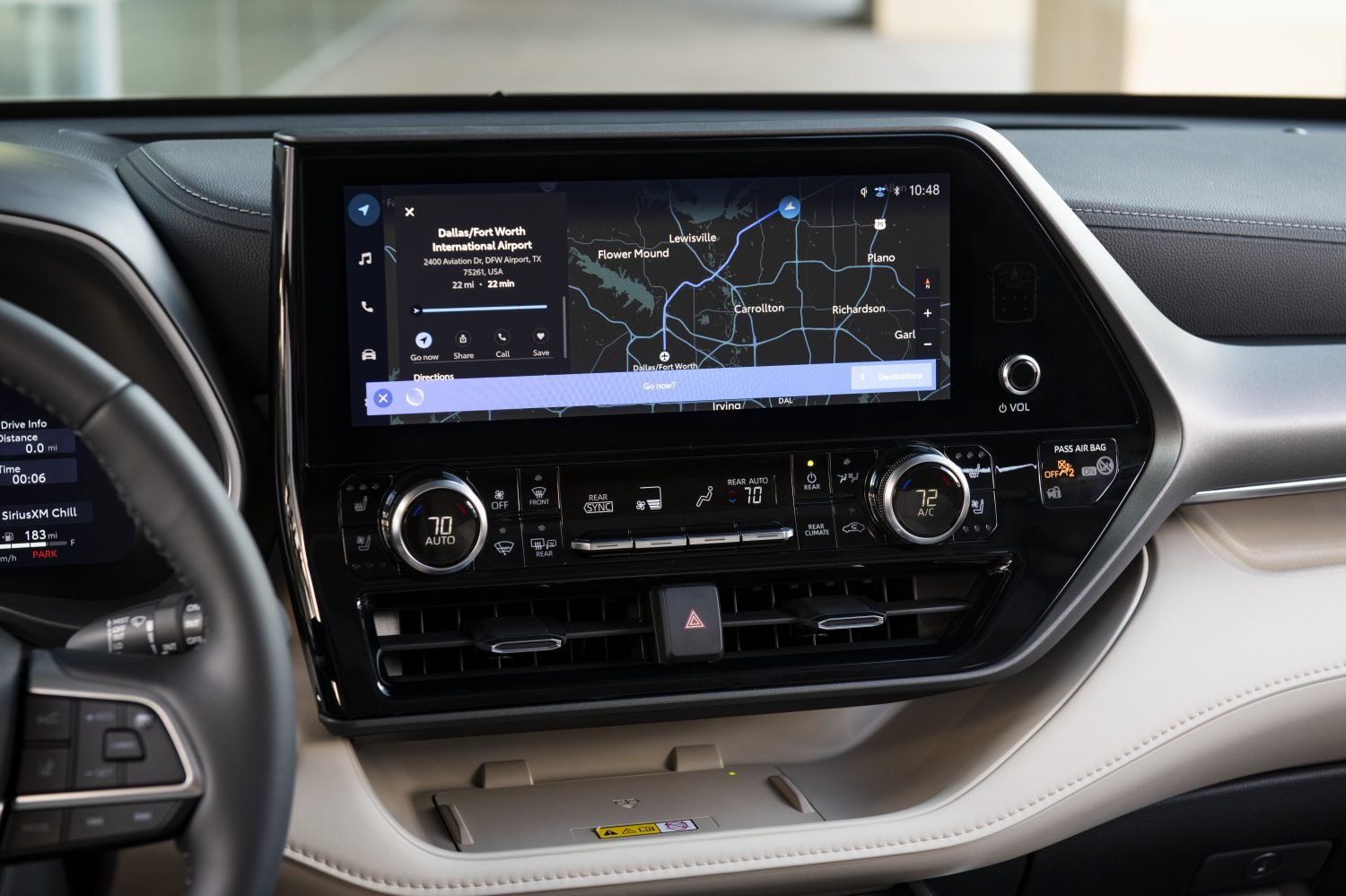CO2 count kyboshes turbo update for Highlander
/Punchy four-cylinder replacement for defunct V6 was an easy cull from updates coming to popular SUV.
INCOMING revisions for the Toyota Highlander won’t include a turbocharged four-cylinder petrol that replaces the defunct V6, mainly because it falls below Clean Car ambition.
High CO2 emissions are its specific failing, though a thirst said to be akin that from the 3.5-litre six-cylinder unit Highlander launched with two years ago then quickly dropped, in favour of regression to a clean-burn and low consumption 2.5-litre hybrid, also seems problematic for Toyota New Zealand.
The new engine has rolled out in North America, the sole sourcing point for Highlander, at a time when Palmerston North-based market leader has determined to focus on delivering as many low emissions choices as it can lay hands on, but without losing customers who still favour smuttier drivetrains that have no Green alternates. This to surpass Government’s emissions expectations that tighten next year with the Clean Car Standard
The Highlander’s 184kW (combined) and 242Nm hybrid drivetrain, with a CO2 output of 129 grams per kilometre and economy of 5.6 litres per 100km, falls into the ‘good’ zone.
But the turbo, despite the allure of much more power and torque, 198kW (so, just 20kW less than the V6) and a whomping 419Nm (so, up 69Nm), does not.
The optimal fuel burn is also V6-like, at 9.8L/100km, and the exhaust nasty count of around 185g/km is very close to the point where penalties apply.
So, as much as it might appeal to anyone yearning for additional oomph in this model, it’s not a goer.
“It’s purely around the CO2 emissions,” says TNZ head of sales and marketing, Steve Prangnell.
He also cites customer preference for the hybrid, when the V6 was in play, being much stronger than TNZ had anticipated.
“When we looked at the customer sales split, there was a very clear preference for hybrid.
“Our decision to keep the V6 (initially) was based on a traditional view. On reflection, it didn’t eventuate and the need for that (six cylinder) car disappeared almost immediately as soon as the hybrid went into the market. That’s also influenced the way we think about the 2.4 petrol.”
He says the decision in respect to this powertrain, which will avail to Australia, is reflective of TNZ’s thinking about the choices it has to make in a market condition where emissions have come right to the forefront.
“We want to provide ‘fit for purpose’ cars, including performance cars from GR (Gazoo Racing) … but in respect to the decision made for Highlander, it was based on pure fact and logic and so quite easy to reach.”
TNZ has yet to spell out the timeframe for seeing the mid-life updates for the seven-seater medium sports utility, whose popularity still remains strong despite supply being stymied by coronavirus-related issues, not just the virus proper but also the semiconductor shortage, plus disrupted shipping.
Car carrier movements out of North America, he explains, have been badly affected by political instability in eastern Europe. “Carriers have been unable to fully discharge, there are less vessels in the rotation. So that, on top of shortages of componentry – semicondiuctors and microchip issues …
“… and, of course, there’s a six week supply chain coming out of North America relative to a 22-day turnaround out of Japan.
“Demand for Highlander is still very strong every though, by model, the wait time is between five and six months.” Most cusatomers are prepared to wait. “We measure our lost sales – which is a euphemism for cancellations – and it’s between three and four percent.”
Among changes for the freshen include the latest infotainment system, with wireless Apple CarPlay and Android Auto, that makes its NZ market debut in the new Corolla Cross, a small crossover media were introduced to yesterday.
Highlander also gains a fresh central display screen – again, just like that in the latest Corolla variant – with sharper graphics and improved reactivity.
However it seems likely this market will only see the eight inch screen that is an entry unit Stateside, and not the top-flight 12.3-inch unit that Americans can enjoy in high-end models, as the latter has not been developed for right-hand drive.
In front of the driver is a new 12.3-inch digital instrument cluster on flagship models with the 7.0-inch screen previously used now offered in the base models, to replace the old 4.2-inch driver display.
Other interior upgrades include the repositioning of the wireless smartphone charger from the centre console box to a shelf below the infotainment screen. One USB-A port and four USB-C ports are on offer.
The colour palette is altered, with the latest hero hue being the new Cypress green exterior colour seen today.



















